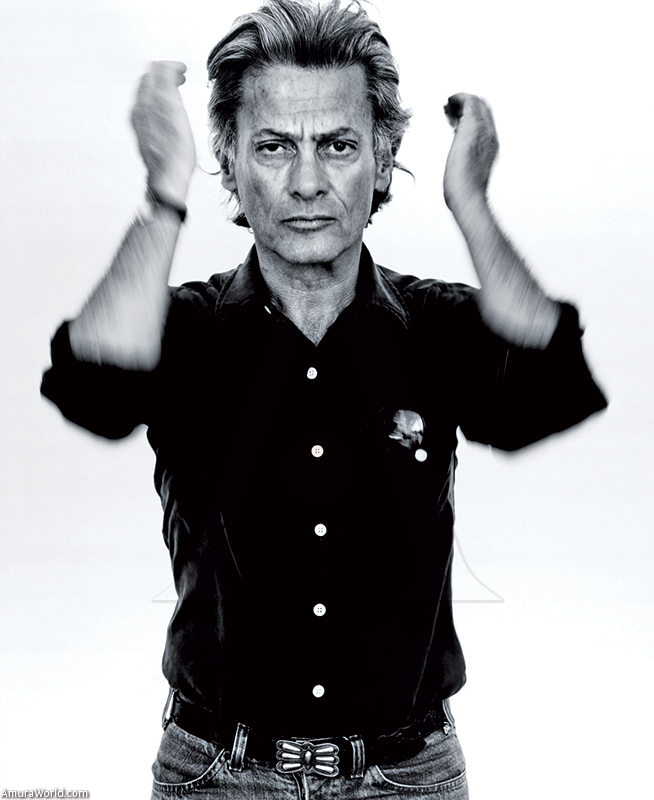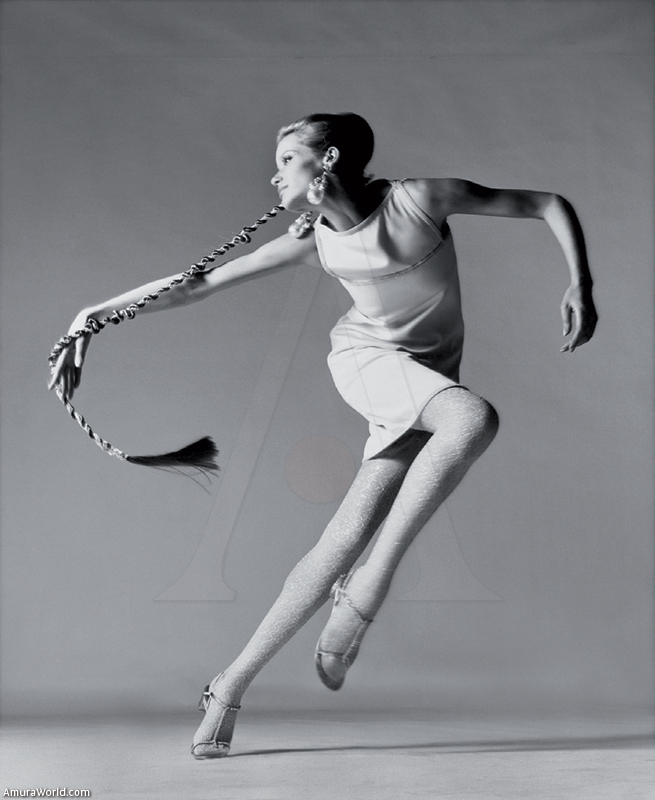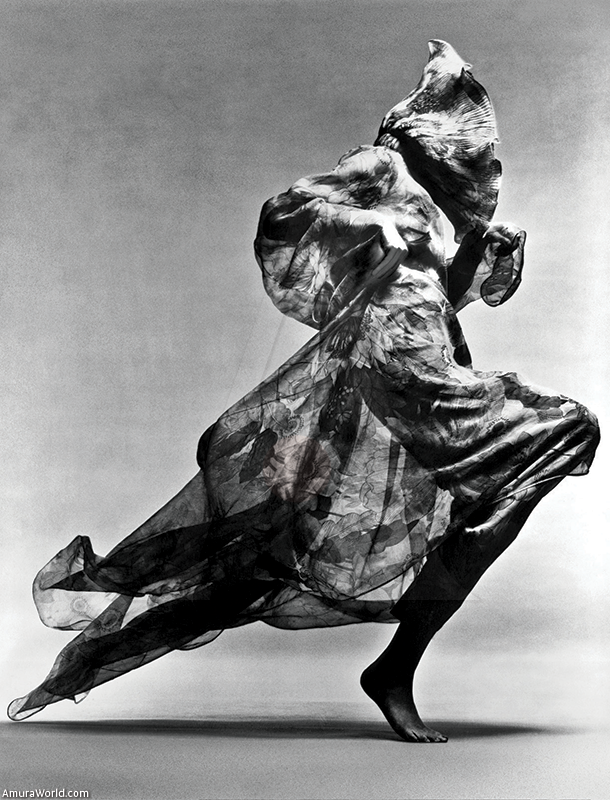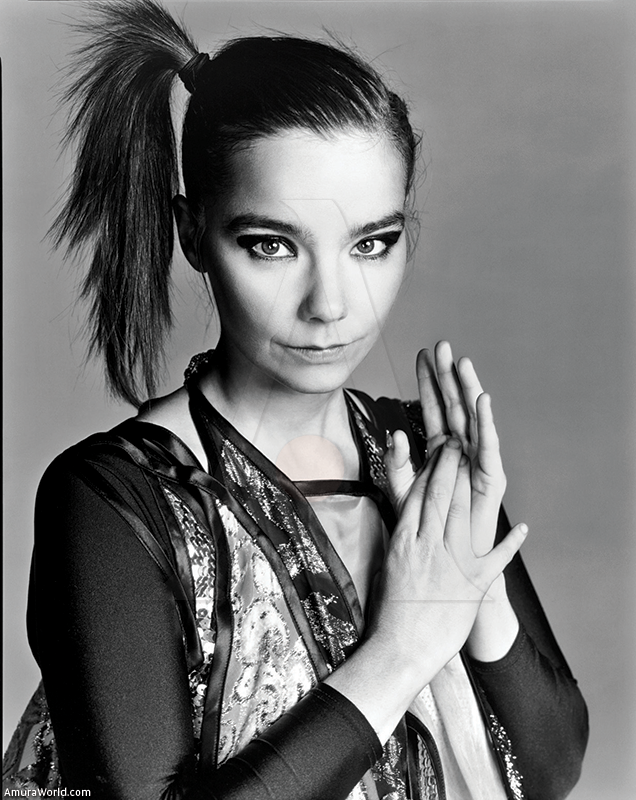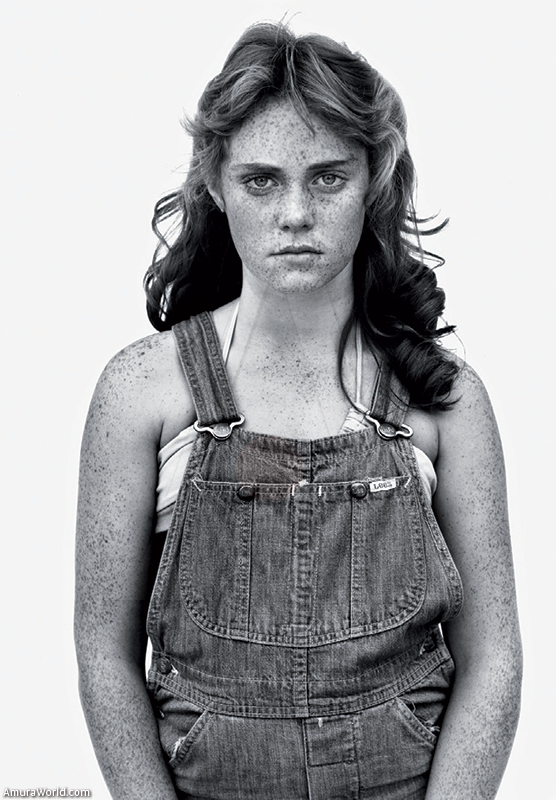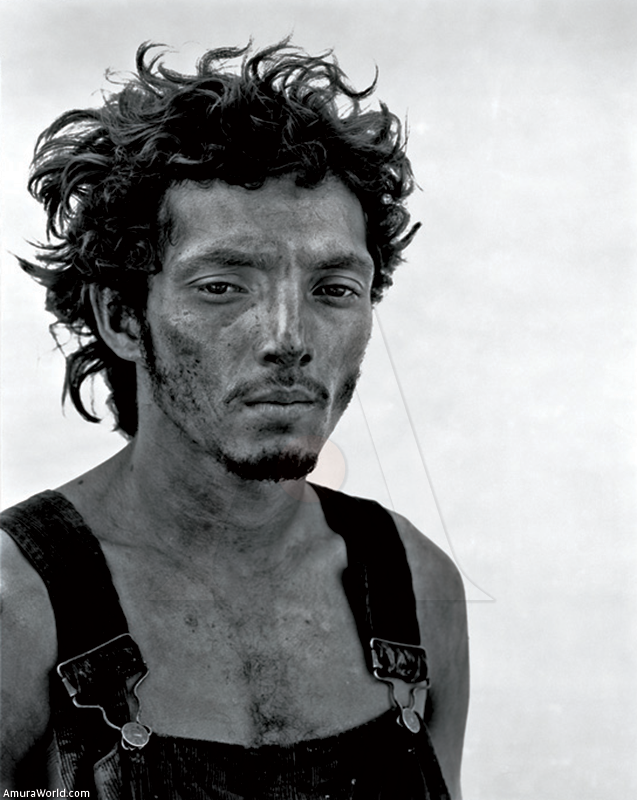The “Richard Avedon exhibition. Photographs 1946-2004”, is the first retrospective show at a large scale that is exhibited, after the death of the American photographer in 2004. After its exhibition in Denmark, actually the exhibition can be admired in Paris.
The Jeu de Paume Museum, in Place de la Concorde, houses the 270 pieces developed through out 60 years, exhibition that will be shown in the Martin–Gropius-Bau in Berlin, in October of 2008.
Richard Avedon (1923-2004), revolutionized the world of fashion photography. In 1945 he started to work with Harper’s Bazaar magazine and in 1966 he joined Vogue magazine.
Avedon printed a decisive change in such genre, where the models loose the statuary aspect and go out to the streets to be photographed in night clubs, shops and coffee shops.
His photographic job did not depend or was subject to the volatile fashion world. He worked also as a press photographer to the service of the social causes and political events, which arouse the sleepy conscience of the American society of the 60’s and 70’s. He reported the Civil Rights Movement in the United States, old slaves, pacifist marches, and patients from psychiatric hospitals victims of the napalm in Vietnam.
In the American West
The exhibition presents 40 impressions in large format of the series “In the American West”, produced between 1979 and 1984, made by request of the Amon Carter Museum of Fort Worth, in Texas.
The photographer wrote about it: “Beginning in the spring of 1979 I spent the summer traveling in the West, visiting truck stops, stockyards, walking through the crowds at a fair, looking for faces I wanted to photograph. The structure of the project was clear to me almost from the start and each new portrait had to find its place in that structure. As the work progressed, the portraits themselves began to reveal connections of all kinds —psychological, sociological, physical, and familial— among people who he had never met”.
The series “In the American West”, demystifies the American West as the promised land of pioneers and conquerors, as Marta Gili point out, director of the Jeu de Paume. However it leaves us face to face with ordinary people: miners, oil well workers, convicts, house wives, vagrants, trailer drivers, farmers, waitresses, secretaries.
The photographs of this series were captured outside the studio, placing his models on a white background, which the photographer attached to any building or to the side of a bus that was available.
The images were captured in the shade to avoid that the ray directly from the sun shine enhanced the features of the people photographed, creating particular shadows in the face, accents or surfaces that conditioned the way we looked at it. With this, Avedon was able to neutralize the appearance of the subjects so that our glance passes freely in the evolving light of their faces.
The power of Richard Avedon’s portraits has been broadly studied, not only by the art theorist but also as a part of the academicals programs in the photographic formation. Its portraits investigate upon the human condition, not as social records, but as psychological exams.
The great portrait photographer has a unique skill to work in essence with the personality of the people he was photographing. He found in the surface of the key essence in the codes of representation, which reveal intensely the psychological dimension that emanates from the models.
The American photographer managed to seize the instant, which what models are: detects it, provokes it and make it converge in an act of vital relation with his models.
His photographs, which are proposed as lectures of the surface, truly reveal a kind of exhaustive search of the essence. I quote the photographer: “A portrait is not a likeness. The moment an emotion or fact is transformed into a photograph it is no longer a fact but an opinion. There is no such thing as inaccuracy in a photograph. All photographs are accurate. None of them are truth”.
All the characters which have populated the XXth century, with some kind of particularity, were submitted to the precise study of the lens of Richard Avedon, so lethal that Henry Kissinger himself, when he presented in his studio for a session warned him: “be kind to me”.
Marcel Duchamp, Alberto Giacometti, Pablo Picasso, Chagal, Renoir, Andy Warhol, Francis Bacon, Truman Capote, Aldous Huxley, Ezra Pound, Samuel Beckett, Marguerite Duras. All of the, just to mention some, posed their truths under the lens of the most unmerciful portrait photographer of the XXth century.
Text: Anarela Vargas ± Photo: Cortesía Jeu de Paume / Martin-Gropius-Bau


